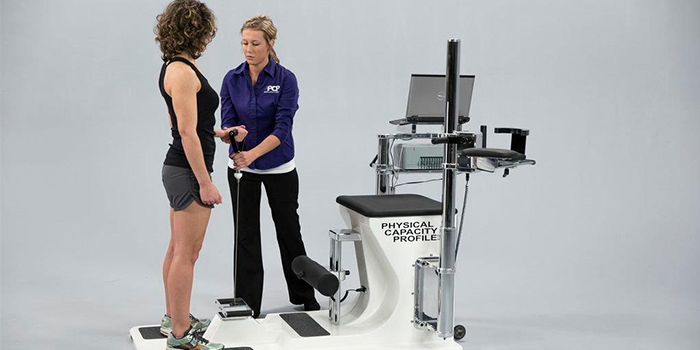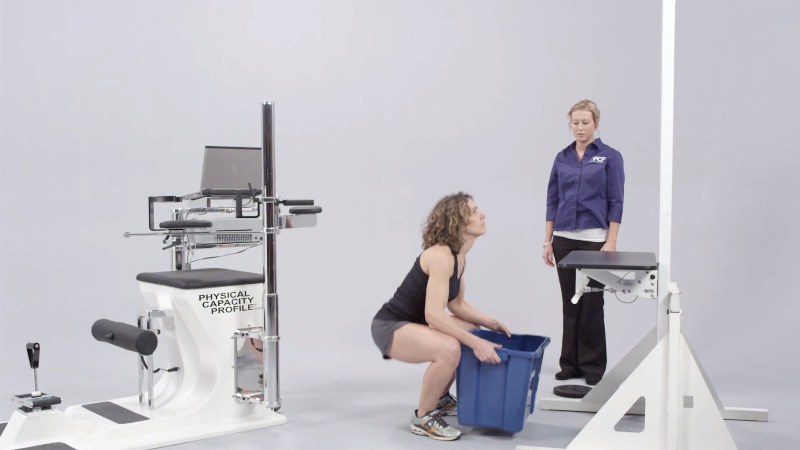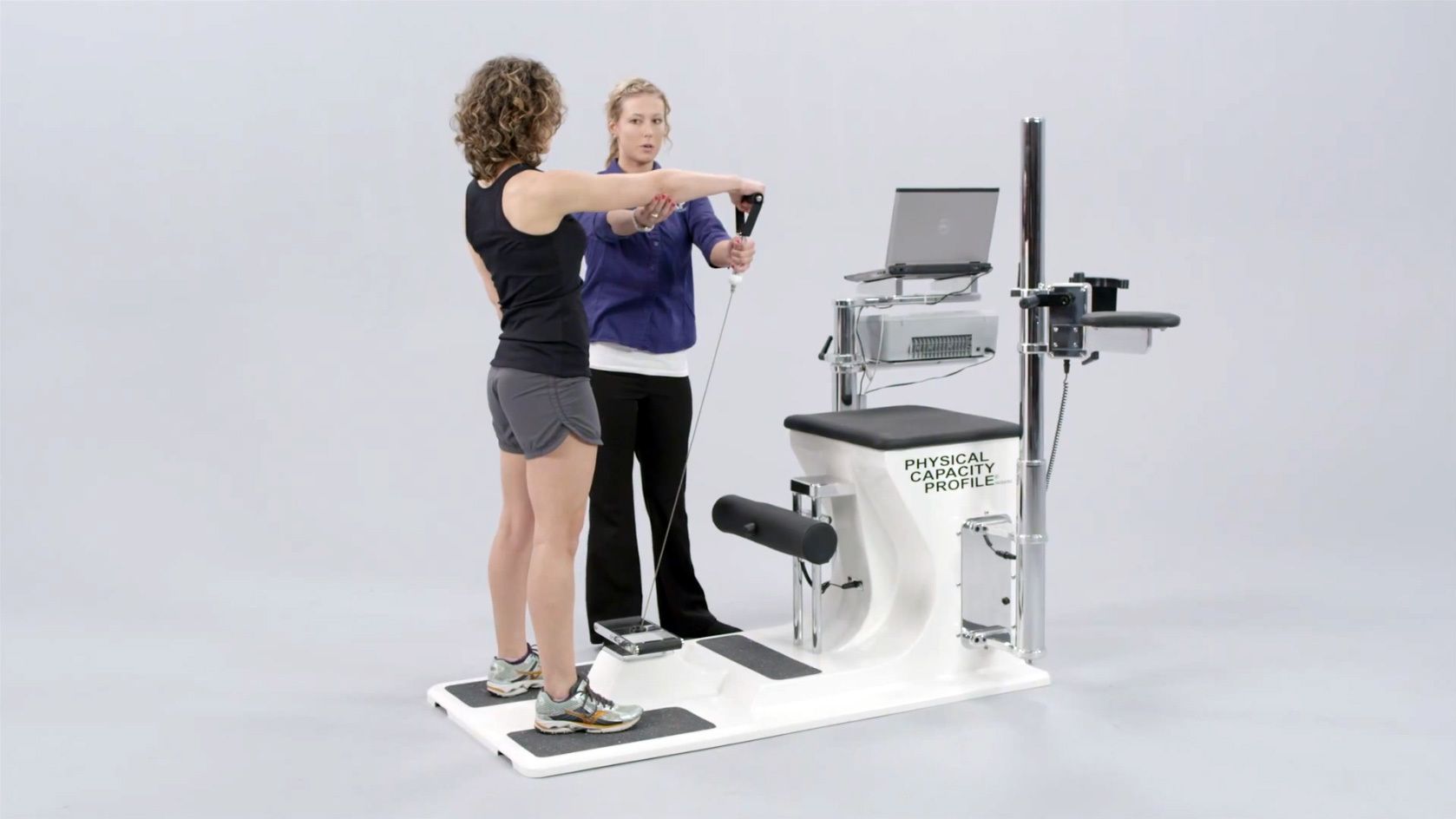Post Offer Physical, Testing and Screening
- By PCP Staff
- •
- 24 Jan, 2014
- •

Source
Harbin G, Olson J.
Salina Sports Medicine Clinic, University of Kansas School of Medicine, Kansas City, Kansas 67401, USA. glharbin@ssmoc.kscoxmail.com
BACKGROUND:
Pre-placement testing was implemented during World War II. Its current use has been reshaped by economic factors, litigation, legislation, and advances in medicine. In response to a request from a local industry intent upon lowering their work-related injuries, a post-offer screening program was developed and implemented. The aim of this study was to develop a testing protocol for determining physical capacity that could be adapted for a post-offer, pre-placement program.
METHODS:
Functional capacity evaluation (FCE) testing was used to determine the physical capacity of 2,482 uninjured, healthy prospective new employees of a large food production plant. A comprehensive medical history and 20 different anthropometric, fitness, strength, and lifting tests were administered to all new hires in the first phase of this study to determine if injury incidence could be estimated through functional screening testing. The second study was designed to determine the effectiveness of the application of a post-offer, pre-placement program in an electrical equipment manufacturing facility.
RESULTS:
Strength testing alone was of no predictive value for work injury incidence. There was a strong correlation of physical capacity to physical job requirements. If an employee had the physical capability to perform the essential functions of the job, there was a lower injury rate as compared to the employee not demonstrating the physical strength or ability to perform the essential functions of the job. The incidence of low back injuries in those workers with the physical capabilities to perform the required functions of their job was 3%. However, among those workers who did not demonstrate the strength or physical abilities to perform their job, there was a 33% incidence of low back injuries.
CONCLUSIONS:
This study indicates that out post offer physical testing that compares lifting ability to job lifting requirements correlates to work injury incidence. The application of appropriate post-offer, pre-placement testing is shown to be a cost-effective method to lower the incidence of work-related injuries.









